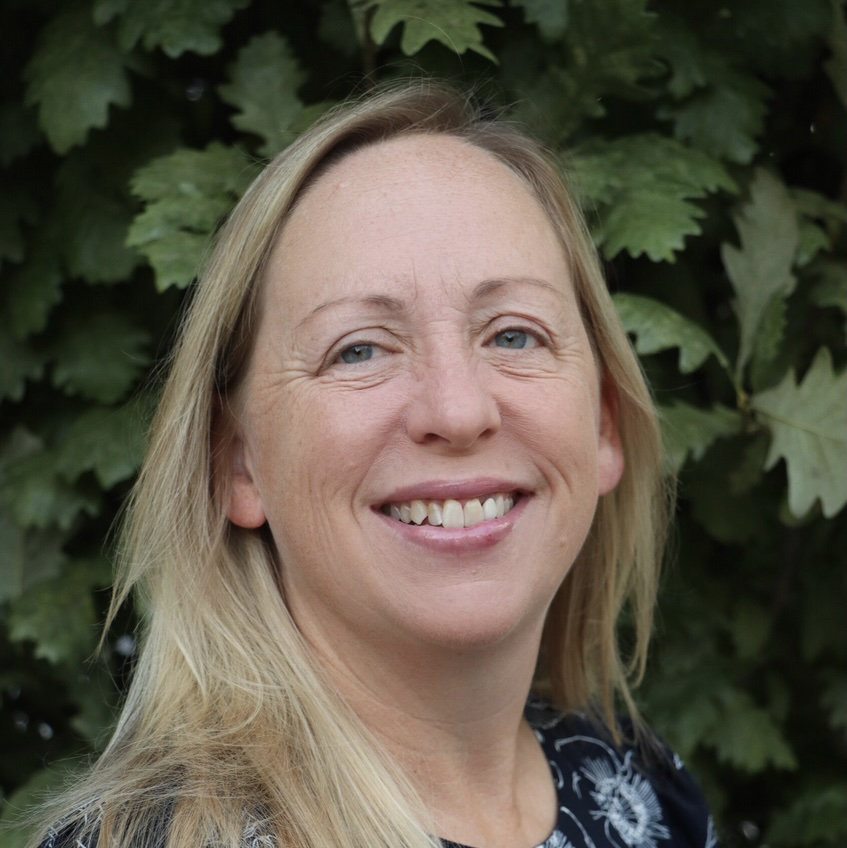If you want different results – whether it’s higher adoption rates or improved satisfaction scores – you have to be willing to do things differently.
Alistair Eriskine, MD, has adopted this philosophy, and it has served his team well, particularly as they advance in their digital transformation journey and explore use cases for ChatGPT. “I bet we’re going to stumble on new things people haven’t seen yet,” he said during a Keynote interview. “We’re going to get to early diagnosis in some cases, and identify new diagnoses that don’t exist today, just by being able to thread through all of that data.”

Alistair Erskine, MD
At Emory Healthcare, where he serves as Chief Information and Digital Officer, the driver behind this and other critical advancements has been a willingness to approach problems with a different lens. Cases in point? Streaming rounds and trickle feedback, both of which have proven effective.
During the discussion, Erskine spoke about the genesis of these unique initiatives – and how they can help boost the culture, and detailed the team’s ambient listening strategy.
Interestingly, Erskine believes his unique background – which includes experience in academia, research, and care delivery – has positioned him well to lead Emory, especially given the rapid it is experiencing. “The healthcare side works at a different pace than the university and requires a different cadence of change in adopting the latest technology needs.” It also means more utilizing a more consensus-driven strategy.
That’s where the streaming rounds concept comes into play. Although it was originally developed for use on campus, it can be applied in other environments to help leaders and IT staff better understand what’s happening on the frontline. “You have this army of people behind you, all of whom are trying to solve problems and fix them in real-time,” he noted.
Using remote microphones, Erskine’s team speaks with individuals across different departments about the tools being used in their day-to-day lives, and what improvements can be made. “We’ll hear things like, ‘I wish we had more space,’ or ‘this equipment is getting old,’” he said, adding that some are directed to the “genius bar” embedded in Emory’s library to have their equipment repaired or replaced. Summaries are also generated to ensure tasks are completed.
The rounds, he added, have been key in generating conversations, which have led to increased engagement and collaboration.
“From a cultural perspective, I’m trying to model the behavior that I want to see from the digital team,” said Erskine. “Be with the customer. Put yourself in the shoes of the customer, understand what they need, and apply your expertise, your knowledge, and your talent to make an improvement.”
One area of improvement is the administrative burden on providers, which his team hopes to alleviate through ambient listening. “We’re looking at people who are staying up until 1 o’clock in the morning doing their documentation,” he noted, adding that around one-third of physicians have adopted it so far.
Audio, however, is just one of several applications for ambient technology, along with video, Internet, and location services. “Those are four technologies that we’re going to need to bring ourselves into the next century,” he said, pointing out that AI cameras can help with virtual nursing, telesitting, and interpreter services.
“There’s so much room on those edge computing devices to add additional algorithms that do clever things that we haven’t even thought of yet,” Erskine noted. Having ambient video in the OR, for example, might shed light on key details such as when a timeout occurred or how many interruptions were noted. “And if something went wrong, we can go back, reconstruct the issue, and learn from the mistake so it doesn’t happen again.”
The end goal? A dashboard that enables users to “slice and dice data” and learn how physicians and nurses feel about a system.
The way in which they solicit this feedback, however, isn’t typical. “We take the entire corpus of users at Emory, divide it by 365, and send a very straightforward and simple survey to that portion of people,” he said. The instructions are simple: answer the question with a rating of 1 through 10 stars and provide comments.
His team is able to drill down by role, facility, and location to “get a sense as to what the front line is complaining about,” and more importantly, take appropriate action. “This gives us a way to capture the completely unvarnished voice of the customer,” Erskine said, noting that AI is leveraged to analyze comments and send individualized responses.
That, in turn, has helped build trust among users, which has led to increased buy-in. “You create this good sentiment because you’re listening to what’s being said.”
And as healthcare continues to evolve at a quick pace, having that input will become increasingly important. “Things are always going to be changing,” he concluded. Leaders, therefore, need to “be resilient, be curious, and be adaptive to whatever is going to happen, because inevitably something will, and we want to be in a position where we can pivot our center of gravity so that we don't get taken off guard.”


Questions about the Podcast?
Contact us with any questions, requests, or comments about the show. We love hearing your feedback.

© Copyright 2024 Health Lyrics All rights reserved